
|
Although no one is sure when Swiss cheese was invented, the first mention of the alpine delicacy was by the Roman historian Phily the Elder who called it Caseus Helveticus, or "the cheese of the Helvetians", an ancient Swiss tribe. Today, around 450 different kinds of cheese are produced and consumed in Switzerland making it one of the country's oldest and most vital resources. Here's a look at how traditional Swiss cheese is made, from the pasture to the cherished finished product! |
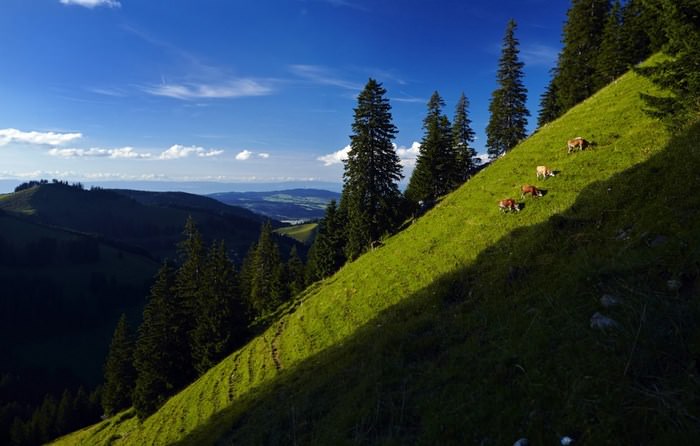 |
| It all begins with the cows. Here the cows are grazing the Swiss summer grass, but in the winter, they are fed hay in order to acheive a flawless final product. |
|
|
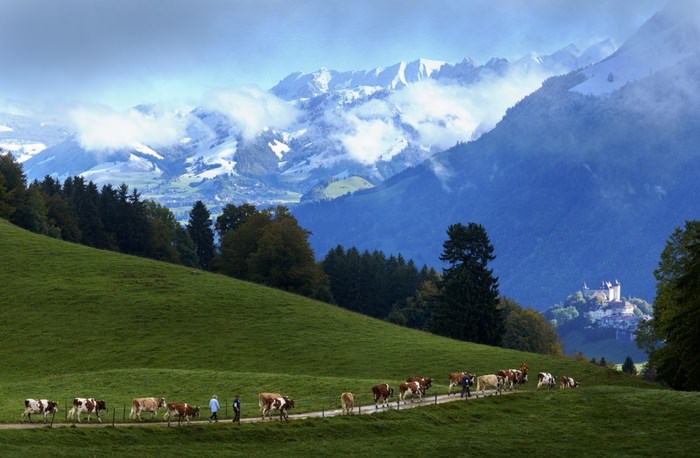 |
| The cows are led by their herdsmen to the cowshed to begin the milking process. |
|
|
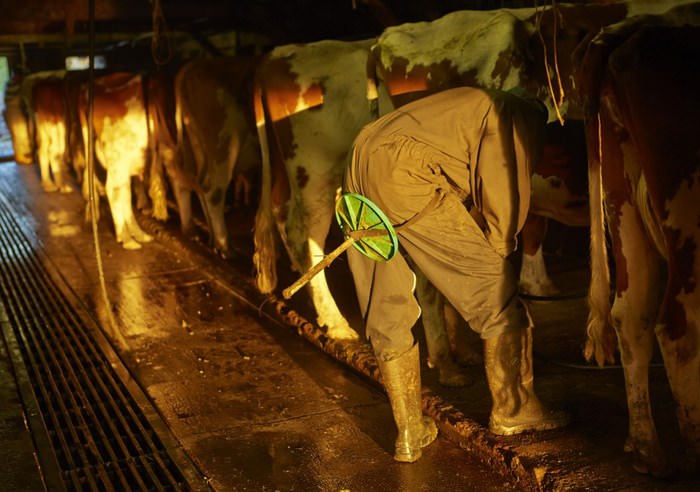 |
| The diary farmer milks the cows, with a stool attached to his bottom for when he needs a moment of rest. It takes about 10 liters of milk to make one kilogram of cheese. |
|
|
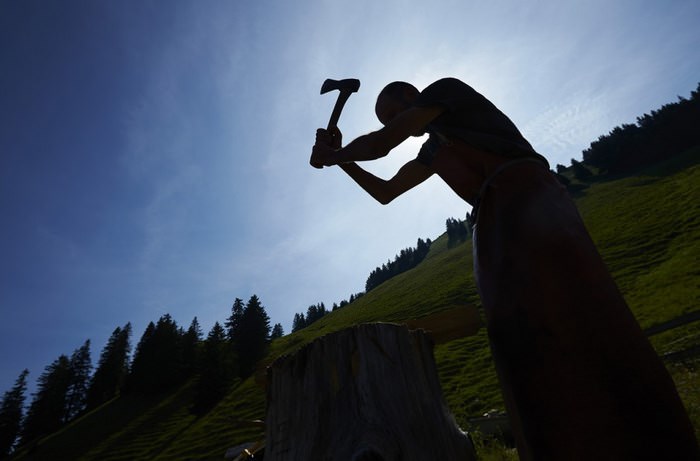 |
| Cutting the wood for the fire that will heat the milk and begin the cheese-making process. |
|
|
 |
| The cauldron is heated to 32 degrees Celsius or 90 degrees Fahrenheit while it is occasionally stirred. Once the milk has reached the needed temperature, it is transfered to a larger container where the fermenting agents will be added. |
|
|
 |
| Here rennet, taken from the stomach lining of cows, and a fermentation culture are added to the milk and stirred together. These ingredients turn the milk into a coagulated mass of curds, which contain the essential cheese-making bacteria. |
|
|
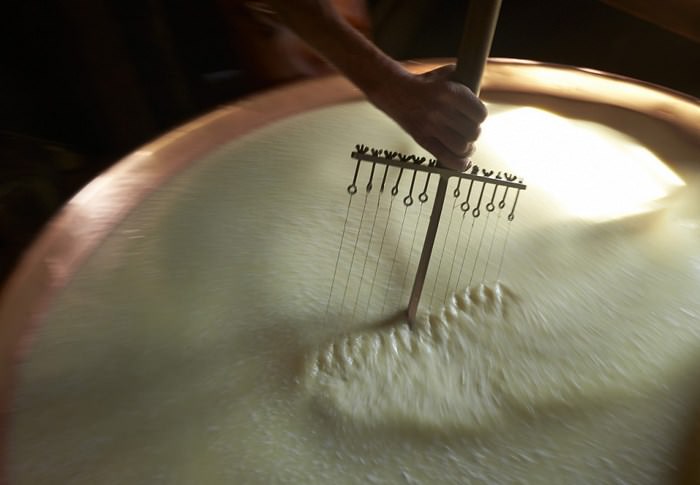 |
| Next the curds are cut up and stirred with this instrument called a 'cheese harp', which also separates out the whey leaving the rest in small granule shapes. The size of the granules will determine the kind of cheese, so that the larger they are, the more liquid remains and the softer the cheese will be. |
|
|
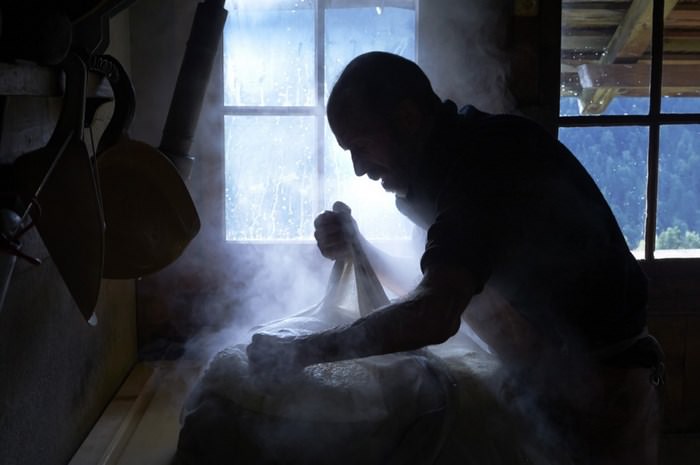 |
| Here the granules are put into a mould which is pressed in order to remove even more liquid. |
|
|
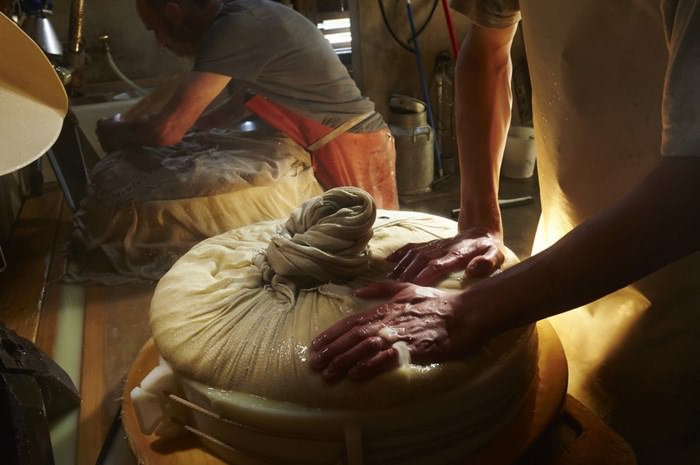 |
| Still pushing the cheese into the mould to remove excess liquid. |
|
|
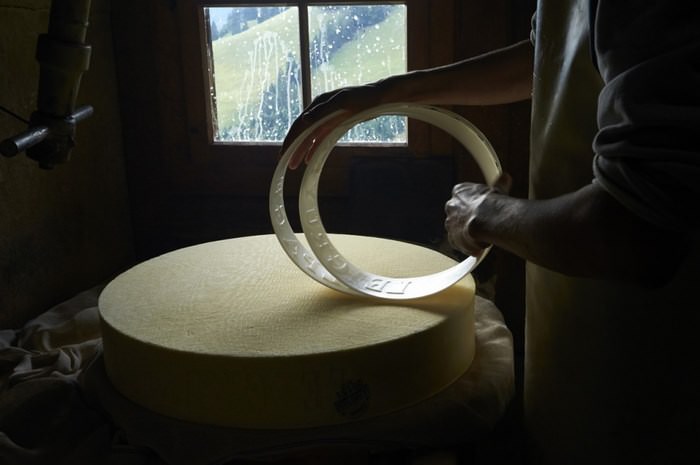 |
| The cheese is nearly a finished product. The seal of the diary farm is pressed into the sides of the wheel so that the cheese can be traced back to its manufacturer. Finally, the cheese is removed from its mould after a day and it is placed in a salt bath. |
|
|
 |
| The recipe for the cheese salt bath is a closely guarded secret because it helps form the brine of the cheese, which gives it its unique aroma. The cheese remains in the bath for about two hours if it is soft, or 3 days if it is a harder cheese. |
|
|
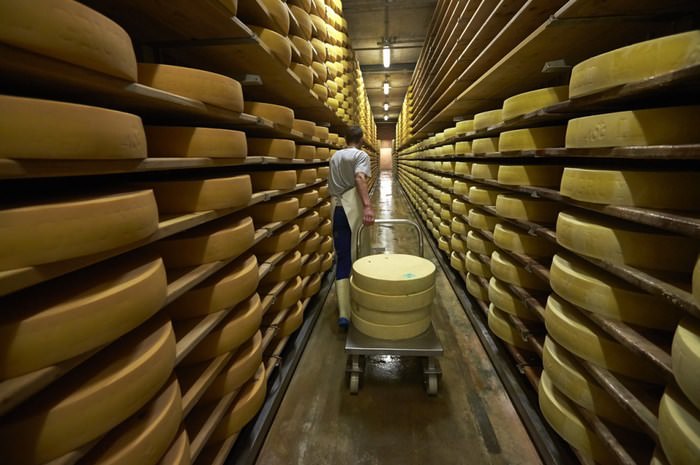 |
| The last stage is the maturing process. The cheeses are kept in facilities with humidity levels of over 90 percent at controlled temperatures. Although it seems that the cheese is at rest, their natural fermentation process continues, and they are continuously rubbed with brine and turned over. The entire maturation period depends on the cheese, but it can take anywhere from a few weeks for soft cheeses to several months for harder cheeses. |
|
|
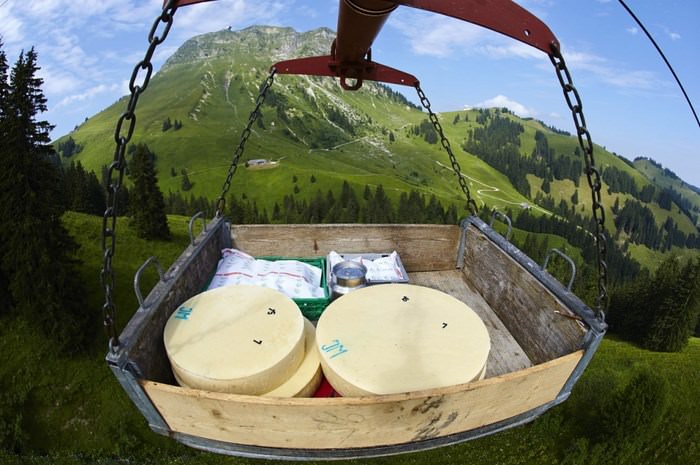 |
| The unique and traditional taste of Swiss cheese, known as Vacherin Mont d'Or, is the result of placing the cheese wheels in a pine box in the open air to ripen. Vacherin is produced between September and April because the farmers do not have enough milk to produce other larger wheels of cheese in the winter months. |
|
|
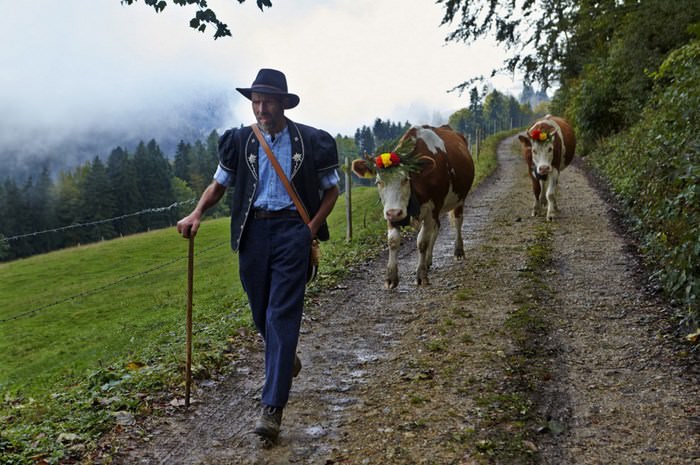 |
| A Swiss herdsman walking with this decorated cows back to pasture. |
|
|
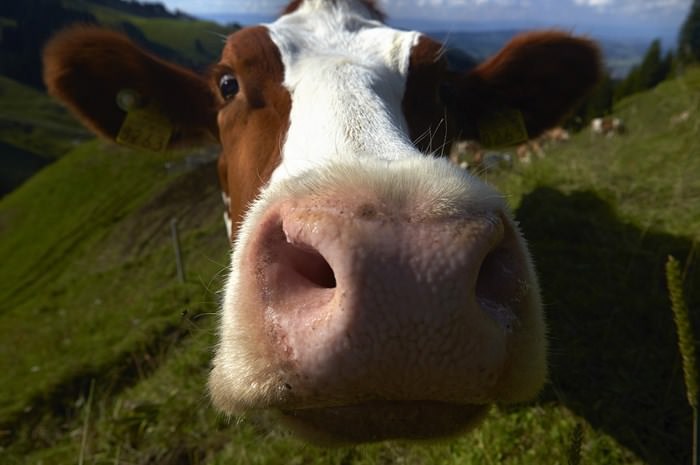 |
| The End: a happy Swiss cow ready to do it all again! |
|
|
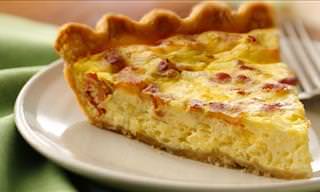
This Bacon and Cheese Quiche Is Absolutely Sublime
This recipe will show you how to make a delicious bacon and Cheese quiche.
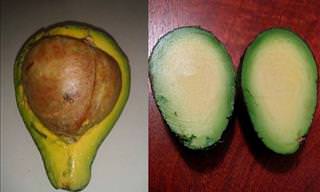
Some People Hit the Jackpot With Food, Others Lose...
This hilarious photo collection looks at two extremes... winning and losing the food lottery.
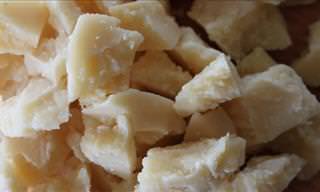
Eating Cheese Every Day Helps Your Heart, Says New Study
Good news for you cheese lovers out there. A new study has found that a single ounce of Grana Padano cheese per day can help reduce blood pressure. Read on!
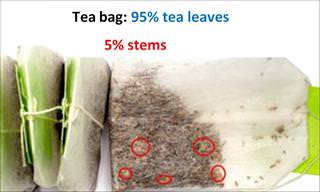
Find Out the 8 "Fake" Foods You Unknowingly Eat Regularly
The coffee and tea you drink, the cheeses you eat and the oil you use may be fake, but now you can recognize whether what you're buying is quality or not.

This Ham and Cheese Omelet is Perfect for All Meals
This recipe will show you how you can make a delicious ham and cheese omelet.

Cheesy Quesadillas: The Ultimate Mexican Food!
This recipe will show you how to make delicious cheesy quesadillas.
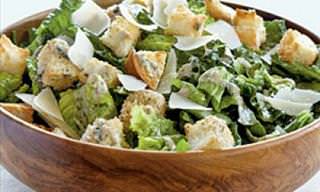
9 Great Dressing Ideas to Freshen Up Your Salad
Hungry for some juicy salad dressing ideas to spice up your salad? These simple and healthy recipes are just what you need for inspiration!
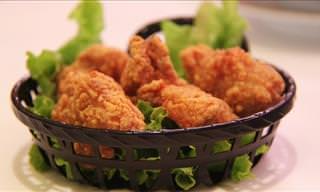
The KFC Secret Recipe Cat Is Out of the Bag - Here it Is
Colonel Sanders' nephew reveals the original secret recipe for Kentucky Fried Chicken.
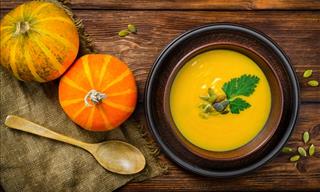
3 DASH Diet Soups for a Cozy Winter Day
3 recipes for dash diet approved sou[s that will warm up your winter
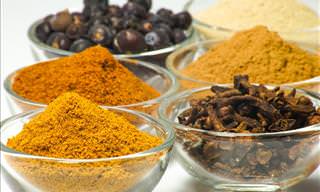
This Spice Cheat-Sheet Gives the Full Delicious Picture
This spice chart allows you to maximize the taste of any meal.
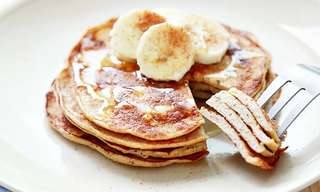
Make 10 Scrumptious Dishes Using Only 3 Ingredients!
When I watch a cooking show on TV or grab a recipe book, they all look delicious, but each one requires so many ingredients – some of which I can’t even find. Using only 3 ingredients, these recipes will allow you to quickly make mouth watering dishe
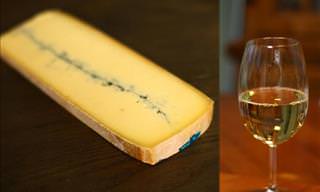
Which Wine Pairs Well with Which Cheese? Here’s the Guide
Pairing the perfect wine to a slab of cheese is an art form that can truly elevate the taste of both. Here's how it's done.
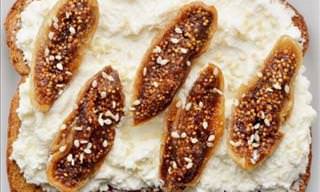
Why Settle For Regular Toast When You Can Have THESE?
Change things up a bit with 17 original and delicious pieces of toast!
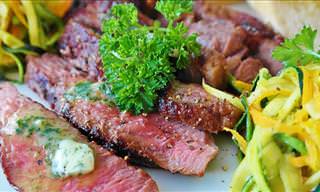
The Perfectly Seared Steak: All You Need to Know
Now that its winter, our steak cooking options are fairly limited to the stove and oven, but this isn’t a bad thing...

For a Twist on Carrot Cake, Try These Bite-Sized Cookies
For a delicious twist on carrot cake, try these cookie bites! Perfect for an afternoon snack.
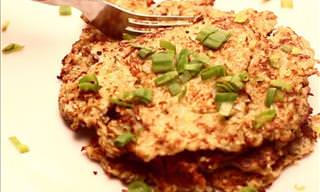
These Are the Healthiest Hash Browns Ever Prepared!
Yes, you can have hash browns for breakfast, with this healthy and delicious cauliflower alternative recipe. Watch and learn!

This Is Arguably the Tastiest Carrot Cake You'll Ever Make
Carrot cake is such a wonderful dessert that even people who dislike the funny-shaped root vegetable can't resist it. This easy-to-follow recipe will show you how to make a delicious carrot cake.

How to Make Delicious Vegan Bolognese
Bolognese is a great comfort food. Most people think that you need to use meat to make a great Bolognese, but, as this recipe proves, this is not the case.
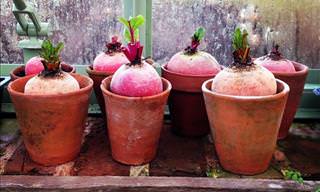
15 Vegetables You Can Grow in a Garden Pot!
If you would love to grow vegetables, but have a limited amount of space, then we have just the solution for you - vegetables you can grow in a pot.

I Hope These Essential Kitchen Tips Make Your Life Easier
These tips will make you a master of your kitchen.
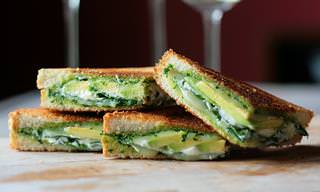
Avocados Are Incredibly Versatile, as These 6 Recipes Show
Avocados are more versatile than you ever imagined, and I'm sure these 6 recipes will make you want to include them in your diet from hereon.
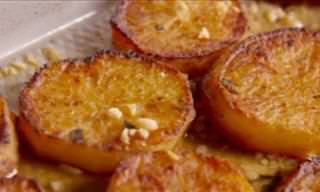
We Bet You've Never Tasted Potatoes As Delicious As These
These are the best potatoes you have ever tasted!
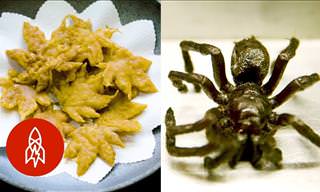 10:37
10:37
You Deep Fried WHAT? Weird Fried Foods and More
Have you ever tried fried maple leaves? Or a deep fried scorpion? Watch people prepare these weird meals and a few more traditional ones, too

6 Delicious and Special Soup Recipes That’ll Warm Your Body
The cold winter days that stimulate the senses are perfect for trying these 6 simple, delicious, soul-warming soup recipes.
 6:07
6:07
These Quick Snacks Are Proven To Be Healthy and Cheap
A video from John Hopkins University shows us that healthy food doesn't have to be a burden on your bank account or your watch. These easy and affordable snacks can help keep you moving.
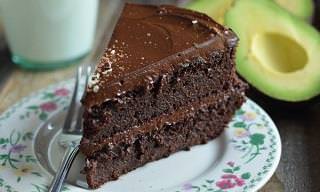
How to Make Delicious and Healthy Avocado Chocolate Cake
Everyone thinks cakes are unhealthy, but it doesn't always have to be the case! This tasty and healthy chocolate avocado cake is a great example of this!

This Chicken Recipe Will Have Your Taste Buds Thanking You!
Looking for a delicious new and interesting recipe? Try this pineapple and hot pepper chicken and just wait for the compliments to roll in.
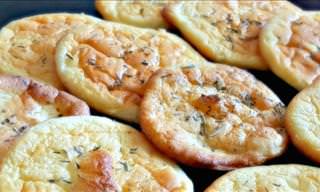
This Delicious Bread Has No Carbs, No Gluten and No Sugar
Known as cloud bread, this carb and gluten free bread is soft, airy and fluffy, and so delicious, it practically melts in your mouth. All you need are three ingredients to make it - let's take a look.
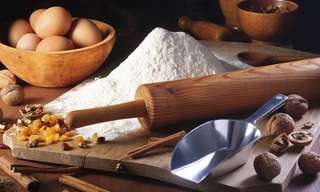
18 Common Baking Mistakes and How to Avoid Them
If you like fresh pastry, but your baking attempts have been less than successful, there's a good chance you're "guilty" of these 18 common baking mistakes.
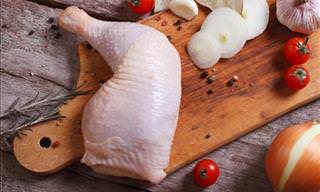
Incredibly Delicious and Easy-To-Make Chicken Dish
A simple recipe which will leave you with mouthwatering chicken every time.
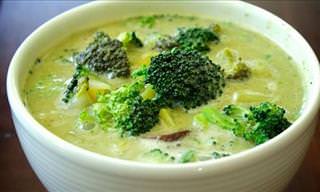
This Broccoli Soup Has Cancer-Fighting Properties
This creamy broccoli soup is not only delicious, but it also has cancer-fighting properties. Follow this recipe to learn how to make this tasty dish.

I Never Realized You Can Serve a Watermelon Like This!
In this article, you’ll find creative serving suggestions, efficient ways to cut a watermelon, and even a guide to choosing the perfect specimen.
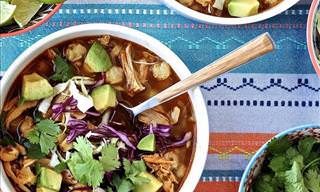
4 Heavenly Chicken Soups to Spoil Yourself with This Winter
Chicken is a common soup ingredient because of its ideal tenderness and taste. Presenting 4 of the many irresistible ways to make the chicken soup of your dreams.

GUIDE: Which Pasta Shape Works Best with Which Sauce?
Pasta shapes aren't just a matter of aesthetics, as different shapes lend themselves to different sauces. Here's what you need to know.
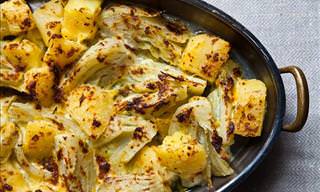
6 Terrific Recipes That Can Be Made with Medicinal Herbs
Find out how mallow, nettles, mint, elderberry, fennel, and chives are dutifully incorporated into these 6 delicious recipes!
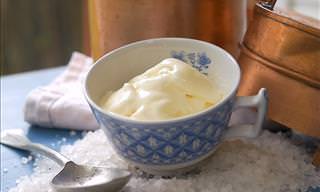
This Amazing Ice-Cream Recipe Comes from the 1700s
This is how Ice-cream was made in the 18th century. It was surprisingly made with Italian Parmesan. You've got to try this savory dessert!

This Crispy Lemon Pie Is Made From Just One Batter!
It's hard to believe how this delicious dessert's creamy filling and perfect crunchy crust is made. Take a look and save the recipe.

Enjoy Guilt-Free, Delicious Brownies With This Great Recipe
This is a sweet brownie treat you'll definitely want to try - delicious, guilt-free four-ingredient brownies! Read the recipe here.
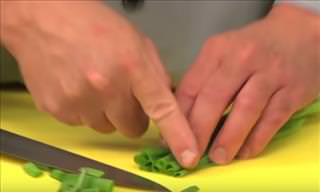 3:01
3:01
Here's How You Can Dice Green Onions Like a Professional
Prepare to take your cooking skills to the next level by learning about the correct way to dice green onions.

Upgrade Your Favorite Foods With this Common Ingredient!
How to use baking soda and drinking soda to upgrade different foods.
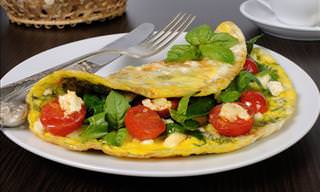
Eat These Foods for Breakfast If You're Diabetic
Breakfast is a very important meal of the day, even more so if you're diabetic. Here are 8 healthy breakfast options for those who suffer from diabetes.
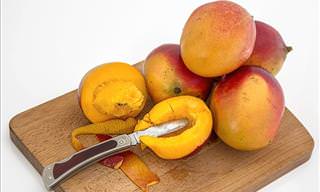 0:48
0:48
There is a Secret Way to Perfectly Cut a Mango...
Enjoying this tasty summer fruit has never been easier!
 1:21
1:21
Surprise Everyone By Serving Them a Cake Inside an Egg!
No one will see this coming, these eggs contain little cakes...
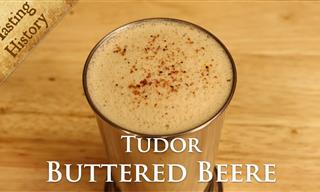 8:18
8:18
Ancient Recipe Corner: Old Timey Festive Buttered Beer
Whip out your pewter pots for this medieval recipe! We'll be making buttered beer, with a non-alcoholic version included.
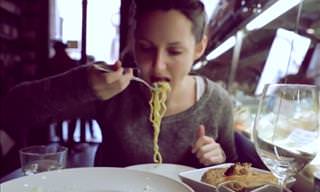 4:26
4:26
THIS is Why I Love Italian Cuisine!
What makes the Italian cuisine one of the best in the world? Watch and learn.
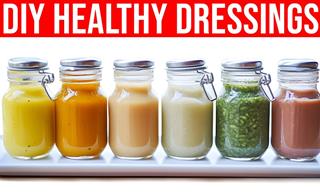 4:52
4:52
Who Knew Salad Dressings Could Be So Healthy?
Who knew salad dressings could be so healthy and easy to make?

The 12 Best Foods for Your Abs!
Introducing the 12 best foods to burn excess stomach fat and keep your body trimmed and thin.


